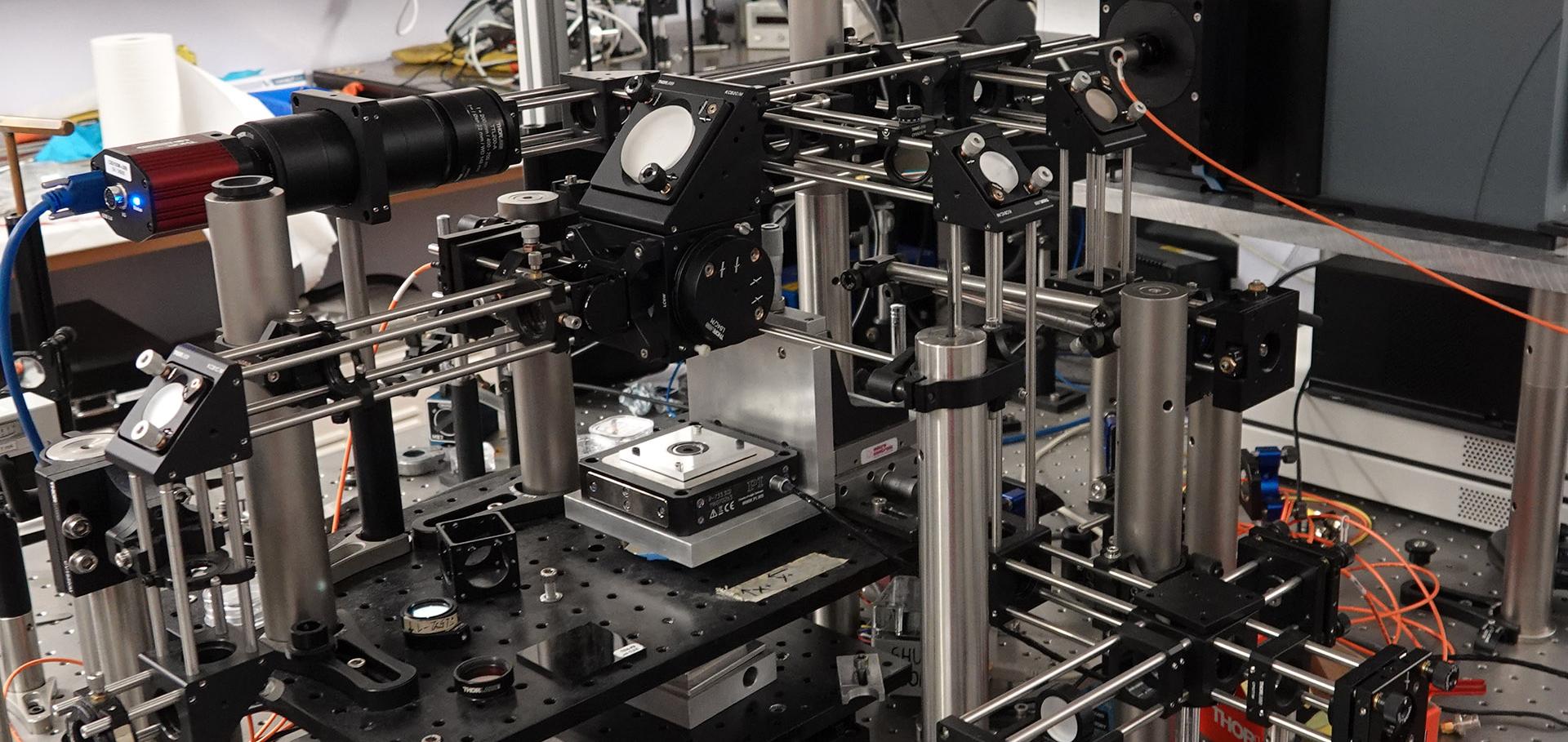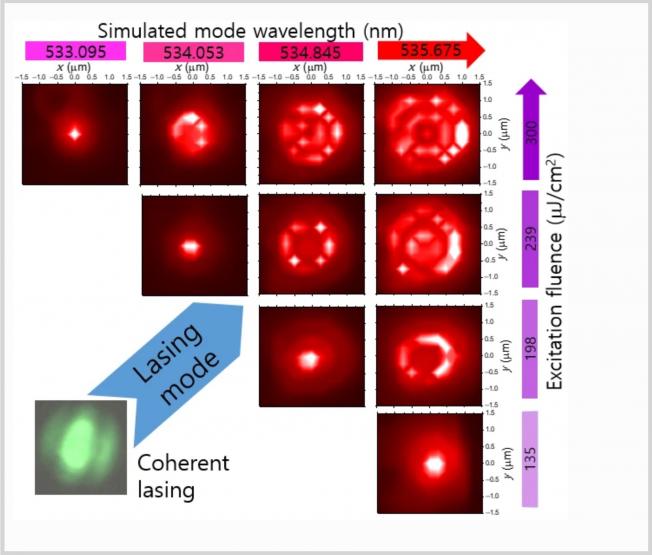Improving the signal-to-noise ratio of femtosecond luminescence upconversion by multichannel detection
Journal of the Optical Society of America B: Optical Physics 15:4 (1998) 1410-1417
Abstract:
We have improved the sensitivity and signal-to-noise ratio of a luminescence upconversion experiment, using a charge-coupled device (CCD) as the detector. We show experimentally and numerically that the bandwidth of a 1-mm-thick β-barium borate crystal is large enough to take full advantage of the multichannel capabilities of the CCD. The improvement is significant in a standard experiment with a single laser as well as in experiments with resonant excitation that use two synchronized femtosecond pulse sources at different wavelengths. The characteristics of the two-color scheme are discussed in detail. © 1998 Optical Society of America.Photoluminescence studies of Mg-doped and Si-doped gallium nitride epilayers
Physica Status Solidi (B) Basic Research 210:2 (1998) 465-470
Abstract:
We present time-, temperature- and intensity-dependent photoluminescence measurements of undoped, n-type and p-type GaN epilayers. In the nominally undoped samples we observe at low temperatures the trapping of free excitons by neutral donors and subsequent radiative recombination. In the n-type Si-doped samples bound-exciton luminescence is dominant over a wide range of temperatures. The luminescence from p-type Mg-doped samples is dominated by shallow-donor-shallow-acceptor pair recombination and by a deep blue centres at 3.0 eV. These two emission bands show identical temperature and linear intensity dependence.Ultrafast secondary radiation of excitons in quantum wells: The transition from the coherent to the incoherent regime
Optics InfoBase Conference Papers (1998) 64-69
Abstract:
Coherent Rayleigh scattering and incoherent luminescence are studied by femtosecond upconversion under resonant excitation as a function of exciton density in GaAs quantum wells. Comparing samples with different well widths allows to establish the relation between inhomo-geneous broadening and the shape of resonant Rayleigh scattering. We find an excellent agreement between experiment and a classical model. In samples with moderate inhomogeneous broadening we provide evidence for the transition from coherent to incoherent emission. The comparison with excitonic dephasing times T2 obtained from four-wave-mixing experiments demonstrates that the incoherent exciton population rises within T2/2, at any exciton density when changed by more than an orders of magnitude. The experimental results confirm very clearly the concept predicting that the coherent polarization made up by localized excitons decays into an incoherent exciton population under conservation of the number of excited quanta.Dynamics of resonantly excited excitons in GaN
PHYSICAL REVIEW B 58:24 (1998) 15973-15976
Efficient intersubband scattering via carrier-carrier interaction in quantum wells
PHYSICAL REVIEW LETTERS 80:9 (1998) 1940-1943



